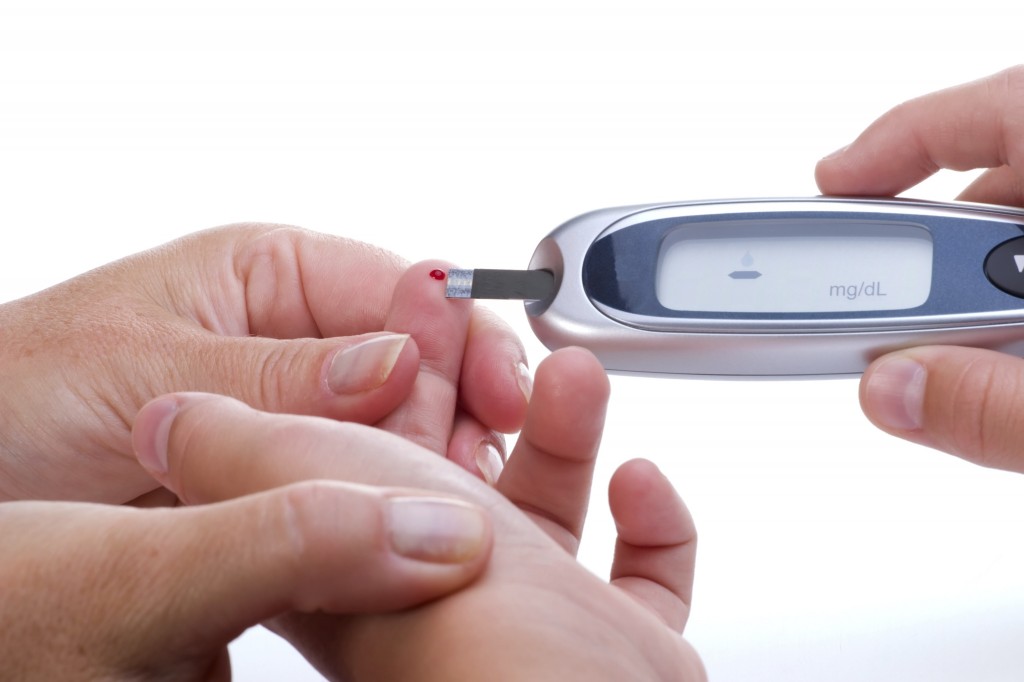Canadian Health and Care mall: Important information about diabetes
INTRODACTION
Diabetes is a metabolic disorder with hyperglycemia either due to an absolute or relative deficiency of insulin secretion or reduction in the biologic effectiveness of insulin or both. The abnormalities in diabetics’ mellitus contribute to cellular events that cause atherosclerosis and subsequently increase the risk of cardiovascular events. The oxidative stress biomarker myeloperoxidase (MPO) enhances cardiovascular risk prediction. Serum malandialdehyde (MDA) level was significantly higher in patients with diabetes for more than 5 years and in the presence of diabetic complications (both microvascular and macrovascular).
Risk of cardiovascular disease (CVD) increased significantly with increasing total cholesterol (TC) and low-density lipoproteins cholesterol (LDL-C). Type 2 diabetic patients are more prone to develop cardiovascular complications. Atherogenic index of plasma (AIP) is the new marker of atherogenicity, since the AIP is related directly to the atherosclerotic risk.
HealthCare Medications with no prescription
At Canadian Health and Care Mall not only you can take advantage of comprehensive, professional consultations and unprecedentedly low prices. The company sticks to an easy, seamless process of online shopping; and as a result of gigantic management efforts you are now offered a broad variety of ED pills with no prescription. Whether you are shopping for affordable generic medications or costly original drugs, you will never be asked to attach any papers to confirm the lawfulness of your order.
The levels of MPO, MDA and AIP in these patients help to detect cardiovascular complications, and early interventions can be done to prevent future development of cardiovascular complications.
MPO (EC 1.11.1.7) a member of the heme peroxidase superfamily is a tetrameric hemoprotein (MW 144,000 Da) consisting of a pair of heavy (57 kDa) and light (15 kDa) chains. It is a stored in azurophilic granules of polymorph nuclear neutrophils and monocyte macrophages and when released (typically with inflammation), catalyzes the conversion of chloride anion and hydrogen peroxide to hypochlorite, a metal ion-independent chlorinating oxidant that possesses potent microbicidal activity. Hence, it has a role in host defense against pathogens. MPO activity leads to oxidation of LDL-C. Oxidation of high-density lipoprotein cholesterol (HDL-C) reduce its capacity to transport cholesterol from tissues to the liver, and it consumes endothelial derived nitric oxide, which can lead to plaque formation and endothelial dysfunction.
MDA is generated by both lipid oxidation and as a by-product of prostaglandin and thromboxane synthesis. Its plasma concentration is increased in diabetes mellitus, and it is found in the atherosclerotic plaque, which is promoted by diabetes. The clinical relevance of the reaction between MDA and proteins is highlighted in atherosclerosis, in which the arterial intima becomes infiltrated with foam cells, resulting in thickened, non-resilient arteries with reduced blood flow. This is a major cause of CHD and strokes.
Diabetes mellitus and atherosclerosis are two main causes of cardiovascular morbidity and mortality. Epidemiological studies have shown that several factors contribute to the onset and progression of atherosclerosis. Factors such as age, gender and genetic predisposition are non-changeable parameters. Increased levels of serum cholesterol are the main risk factor for atherosclerosis, especially LDL-C fraction, and other risk factors for atherosclerosis: smoking, decreased glucose tolerance, obesity and sedentary lifestyle. 
Prevalence of metabolic syndrome in developing countries is rising due to an increase in the incidence of obesity. Central obesity plays a key role in the pathogenesis of the metabolic syndrome: promotes inflammation, hypertension, dyslipidemia and it leads to the development of type 2 diabetes and atherosclerosis. Correcting and controlling these means less risk of increase or progression of atherosclerosis.
Objectives
- To compare the serum levels of MPO, MDA, AIP, LDL-C, HDL-C, triglyceride (TG), TC body mass index (BMI) and waist hip ratio (WHR)
- In type 2 diabetics and age and sex matched healthy controls,
- In type 2 diabetics with duration of diabetes less than 10 years and ≥10 years.
- In type 2 diabetics with serum TC levels less than 200 mg/dl and ≥ 200 mg/dl.
- To correlate AIP with serum levels of MPO, MDA, LDL-C, HDL-C, TG, TC, BMI and WHR in type 2 diabetic individuals.